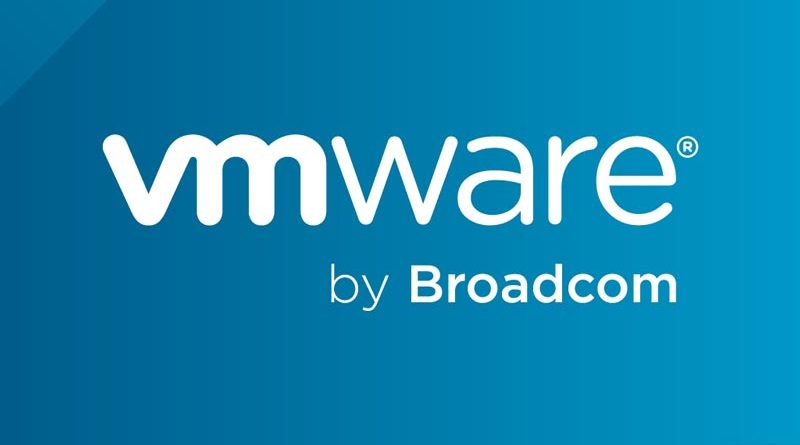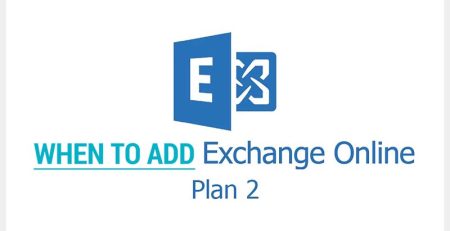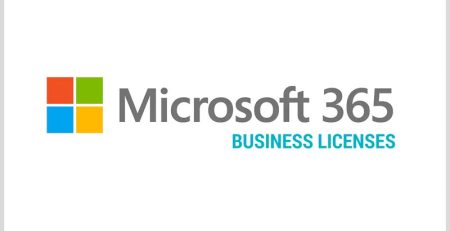The Dangers of Running Unsupported VMware Software
Imagine this scenario: A cybercriminal finds a weakness in your IT system and steals sensitive data, exposing customer information, financial records or critical business files.
Or they take your entire system offline, stopping operations for hours or even days — grinding business to a halt.
How did they get in?
They exploited a security gap in your IT infrastructure — one that will never be patched because the software running your systems is no longer supported.
This is the real danger of outdated IT systems: once support ends, so do security fixes. Every new vulnerability becomes an open door for attackers, and every system failure becomes harder and more expensive to fix.
The 2025 Deadline: Risks You Can’t Ignore
Some of the biggest targets for cyberattacks are the software that powers your organization: your operating system and your virtualization platform. Two of the most widely used enterprise solutions — Microsoft Windows and VMware — both have major versions reaching end of support in October 2025.
When that happens, security updates will stop, leaving organizations that don’t upgrade exposed to cyberthreats with no way to patch vulnerabilities.
We’ve previously discussed the importance of staying on supported versions of Windows and how unpatched operating systems create major security risks.
Now, let’s turn our attention to VMware, which is another critical piece of infrastructure that organizations rely on but often overlook when it comes to security and lifecycle management.
What is VMware?
VMware is a virtualization tool that helps companies manage their systems more efficiently.
In layman’s terms, virtualization lets you run many virtual computers on a single machine, which can run multiple programs or systems without more hardware.
Basically, it allows organizations to be more efficient by making better use of their technology while reducing costs and improving flexibility. Without it, you would have to purchase a lot more hardware.
Like any other piece of software, VMware receives support until it has reached its end-of-life date.
Support for VMware 7.0, for example, ends Oct. 2, 2025. Because we are less than a year away, organizations need to start planning their move to VMware 8.0 or higher.
So, why is running unsupported software such a tremendous risk?
“It’s imperative your organization uses supported versions of VMware, just like Windows or any line-of-business software. Failing to do so could result in serious security risks, increased premium costs and operational downtime.”
Risks of Running Unsupported VMware Software
Security Vulnerabilities
This is the most critical risk, as highlighted earlier. Once security updates stop, every newly discovered vulnerability becomes an open door for attackers, and they are constantly looking for these weaknesses.
A 2024 report from cybersecurity firm Sophos found that one-third of ransomware attacks start with an unpatched vulnerability, and attacks that begin this way tend to be far more damaging than those using stolen credentials.
Organizations affected by these exploits also face longer recovery times and greater financial losses.
Compliance and Insurance Risks
Many cybersecurity insurance policies require active support for critical software. Running outdated systems can increase your premiums or even result in denied claims if a breach occurs, potentially leaving you on the hook for legal fees, fines and investigation costs.
Regulatory frameworks like NIST, HIPAA, PCI-DSS and ISO 27001 also emphasize the importance of using supported, up-to-date software. Running unsupported systems may put your organization out of compliance, leading to penalties, failed audits or increased scrutiny from regulators.
Technical Support and Downtime
Without support, resolving outages and technical issues becomes significantly harder. If a system running outdated software goes down, there’s no official fix — leaving your IT team or managed service provider to troubleshoot with limited options and no manufacturer assistance.
This leads to longer downtime, higher recovery costs and increased business disruption. Instead of a quick resolution, you’re relying on workarounds that may not fully restore operations.
It’s imperative your organization uses supported versions of VMware, just like Windows or any line-of-business software.
Failing to do so could result in serious security risks, increased premium costs and operational downtime.
Need Help with a VMware Upgrade?
VMware is complicated, we get it. Don’t wait until your systems are at risk.
Contact us here, and we’ll help you with your transition to VMware 8.0 or beyond so your business continues running smoothly.
Stay updated! Get tips and insights delivered to your inbox weekly by subscribing to our newsletter.











